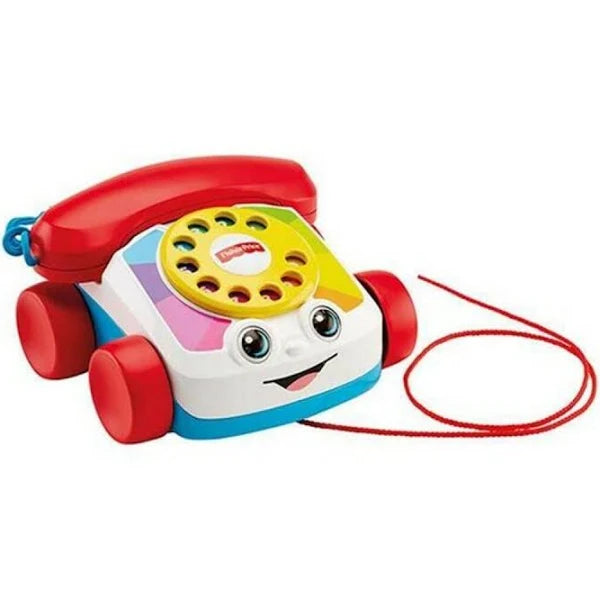What are the most dangerous chemical in plastic toys?
Phthalates are among the most concerning plastic chemicals found in toys. These chemicals are commonly used as plasticizers in PVC to make the plastic more flexible. Some phthalates have been associated with potential health risks, particularly in children's products, as they can leach out of plastic over time.
Notably, di(2-ethylhexyl) phthalate (DEHP), dibutyl phthalate (DBP), and benzyl butyl phthalate (BBP) are restricted in the European Union in toys and childcare articles due to their potential adverse effects on reproductive health.
It's important to check for regulatory compliance and choose toys that meet safety standards to minimize exposure to harmful substances.
What are the risk of dangerous chemical in old toys?
Whether or not to reuse old plastic toys depends on several factors:
Age and Condition: Older toys, especially those made before stricter regulations were enforced (e.g., before 2008 in the U.S.), might contain higher levels of potentially harmful chemicals like phthalates or lead. If the toys are visibly damaged or deteriorating, it’s best to avoid using them, as this can increase the risk of exposure to these substances.
Material: Some plastics degrade over time, potentially releasing harmful additives. Be cautious with old toys made of soft plastic, as they are more likely to contain phthalates.
Safety Standards: Toys made many years ago might not conform to current safety standards. This is particularly important for toys intended for young children, who are more vulnerable to the effects of toxic substances and more likely to put toys in their mouths.
Cleanliness: Old toys might harbor bacteria or mold, especially if they have been stored in damp or unclean conditions. Thorough cleaning is essential before reuse.
Emotional or Historical Value: Sometimes, old toys have sentimental value or collectible appeal. In such cases, they might be kept for their emotional significance rather than for play.
In summary, while reusing and recycling toys is generally positive for environmental reasons, ensure that the toys are safe, clean, and conform to current safety standards before giving them to children.
How the chemical leak and become dangerous for children?
Chemicals in toys can pose risks to children's health through various mechanisms:
Mouth Contact: Young children often explore the world by putting objects, including toys, in their mouths. If toys contain harmful chemicals, such as lead or phthalates, there's a direct risk of ingestion.
Skin Absorption: Some chemicals can be absorbed through the skin. If toys have coatings or materials containing toxic substances, prolonged skin contact may lead to absorption.
Inhalation: Toys, especially those with strong odors or made from materials that release volatile organic compounds (VOCs), can pose risks through inhalation. Children may breathe in these substances while playing.
Degradation Over Time: With wear and tear, some toys may degrade, releasing chemicals that were initially part of the toy's composition. This can happen with plastics, paints, or other materials.
Dust or Residue: Certain chemicals may be present as dust or residue on the surface of toys. Children can come into contact with these substances through skin contact or by ingesting them.
Chemical Migration: Chemicals can migrate from one part of a toy to another or from the toy to the surrounding environment. For example, plasticizers like phthalates can leach out of plastic materials.
The dangers vary depending on the specific chemicals involved and the level of exposure. Some chemicals, like lead, can have severe and lasting health effects, particularly on neurological development in young children. Others, such as phthalates, may be associated with reproductive or hormonal concerns.
What do we know about 'Green plastic'?
“Green plastic” can refer to different things, so let’s explore a couple of possibilities:
Biodegradable or Plant-Based Plastics: Some plastics are labeled as “green” because they are derived from renewable resources like plants. These may include bioplastics such as polylactic acid (PLA) made from corn or sugarcane. While they are often marketed as more environmentally friendly, their actual impact depends on factors like disposal conditions and the industrial processes used to create them.
Environmentally Friendly Plastics: The term “green plastic” can also imply an effort to produce plastics with reduced environmental impact. This might involve using recycled materials, designing for recyclability, or incorporating additives to enhance biodegradability.
It’s crucial to note that the term “green” can sometimes be used as a marketing tactic, and not all products labeled as such are necessarily environmentally superior. Understanding the specific properties, sourcing, and end-of-life considerations of a plastic product is essential for a more accurate assessment of its environmental impact.
What do we know about silicone?
Silicone is generally considered safe for children, especially in products like toys, teething rings, and food containers. It has several properties that make it a preferred material in children's products:
Chemical Stability: Silicone is highly stable and does not easily break down or leach chemicals. This makes it less likely to release harmful substances compared to certain plastics.
Heat Resistance: Silicone can withstand high and low temperatures, making it safe for various applications, including products that may be sterilized or heated.
Durability: Silicone is resistant to wear and tear, which is beneficial for items that children frequently use and chew on.
Non-Toxic: High-quality food-grade silicone is generally non-toxic and free from BPA, phthalates, and PVC.
Hypoallergenic: Silicone is typically non-reactive and hypoallergenic, reducing the risk of allergic reactions.
Ease of Cleaning: Silicone can be easily cleaned, which is important for maintaining hygiene in children's products.
However, it's important to ensure that silicone products are of high quality and specifically labeled as food-grade or medical-grade if they are intended for use in feeding or teething. Always choose products that meet safety standards and are from reputable manufacturers. While silicone is generally safe, like any material, it's crucial to use it as intended and follow any manufacturer's guidelines and safety recommendations.
Hope this help you to understand more about the toys industry.

